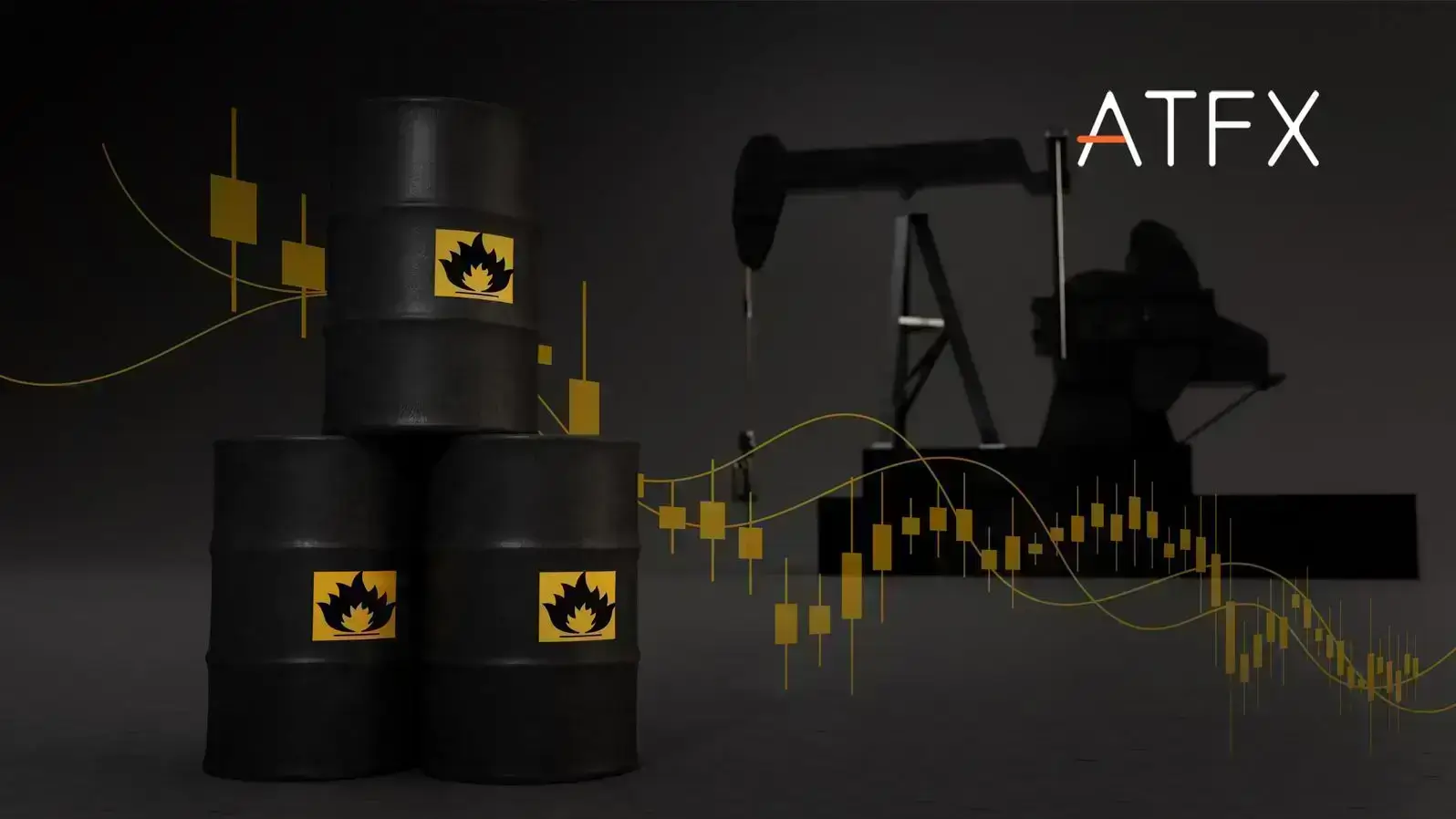What Is The OPEC Meeting?
The OPEC meeting is the bi-annual meeting of the Organization of the Petroleum Exporting Countries. OPEC is one of the most important groups in the world due to oil’s importance to the global economy.
The most important part of the meeting involves the setting of production quotas. Each member is allocated a production target and the combined production level is meant to keep oil prices in a target range.
From a trader’s perspective, comments leading up to the meeting and actual decisions at the meetings are important drivers for crude oil prices. There are two meetings per year, but an emergency meeting could be called in rare cases.
OPEC was founded in 1960 by Iran, Iraq, Kuwait, Saudi Arabia, and Venezuela. Since 1965, the group has been headquartered in Vienna, Austria and has grown to 14 member countries.
As of 2018, OPEC accounted for 44% of the world’s crude oil production, and they had control of 81.5% of the world’s proven oil reserves according to the US Energy Information Administration (EIA).
Oil has been a volatile commodity and in 2014, an oil glut caused prices to collapse from around $113 per barrel to around $25 over a period of months. Slowing Chinese growth and a ramp up in US production due to new shale technologies were the cause. Oil slowly recovered with the help of OPEC and then crashed again due to the pandemic in 2020. OPEC has since tried to balance the production and income needs of countries with slowing global growth.
When Is The Next OPEC Announcement?
At the time of writing, the most recent OPEC meeting was held on October 5, 2022.
The next meeting will likely take place around April 2023.
How Does OPEC Affect Crude Oil Traders?
Each month, OPEC will publish figures on crude oil production by its members, traders use this to get an understanding if supply is increasing or decreasing. Large swings might influence crude oil prices if production is too large or too low compared with their predetermined crude oil production targets.
However, more importantly, in the OPEC meeting, the members will share their future crude oil production targets.
How Does OPEC Change The Oil Price & Oil Production?
OPEC will indirectly control crude oil prices by altering their crude oil production. If demand remains the same, but they lower their production, then crude oil prices should increase. While, if they increase supply, and demand remains the same, crude oil prices should decline.
OPEC cannot control demand, but they make assumptions about it and try to produce crude oil in a manner that keeps prices at a favourable price for its members, without causing too much trouble for its buyers. They are aware that if they keep prices too high that large oil consumers will try to shift away from crude oil.
In the past, OPEC had a large control over crude oil prices, but the increased production of shale oil in the US led to decreased dominance for OPEC.
How Has OPEC Affected Crude Oil Prices In The Past?
Following the Yom Kippur War, in October 1973, OPEC decided to reduce their production significantly and to introduce an oil embargo against the US and other nations that supported Israel in the war. OPEC’s action caused a large spike in crude oil prices, and they traded from 3 dollars per barrel to 12 dollars. In the US, energy rationing was introduced, and in the UK the work week was cut from five days to three days, while in seven European countries, non-important Sunday driving was banned.

The oil embargo ended in March 1974, but prices remained high, and it led to a global economic recession, high unemployment rate and inflation.
By 1980 crude oil prices had reached a high of 40 dollars per barrel following the Iranian Revolution and the Iran-Iraq war. As prices were high, industrialised countries made efforts to switch away from crude oil usage, and exploration by non-OPEC countries was ramped up. As an effect, crude oil demand declined, and total world crude production increased, this caused crude oil prices to plunge.
To try to stabilise the price, OPEC in 1982 introduced audited national quotas. However, this failed as some members did not comply. Saudi Arabia did its best to cut its production and did so by 66% from 1981 to 1985, but this did not help to boost crude oil prices. Instead, they ramped up production to cause crude oil prices to plunge below 10 dollars per barrel, and thereby make high costs production outside of Saudi Arabia to suffer.
The most recent episode of heavy OPEC intervention was from 2014 to 2018. From 2008 to 2016 US crude oil production doubled, as shale oil production made it more feasible to produce crude oil in the US.
Over the same period, OPEC members consistently produced more oil, and the Chinese economy was slowing down, and requiring less crude oil. From its 2014 highs of $115 per barrel, prices slumped by 89% to their 2016 low of $27.
It took time for the prices to regain their footing, as Saudi Arabia was applying the same strategy of the 1980s to drive out high-cost producers. As the low crude oil prices started to tire out OPEC members and drive out high-cost producers, OPEC began to reduce their production in 2016, to ramp up the cuts in 2017 and 2018. Oil went on another rollercoaster ride in 2020 as the pandemic arrived. Prices fell from $60 to the low single digits, before beginning a rally to $120.


